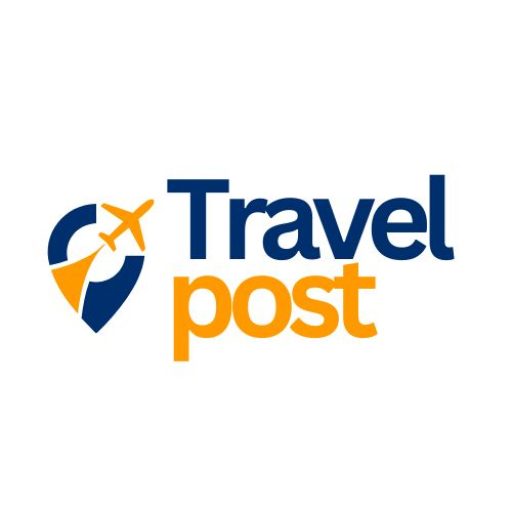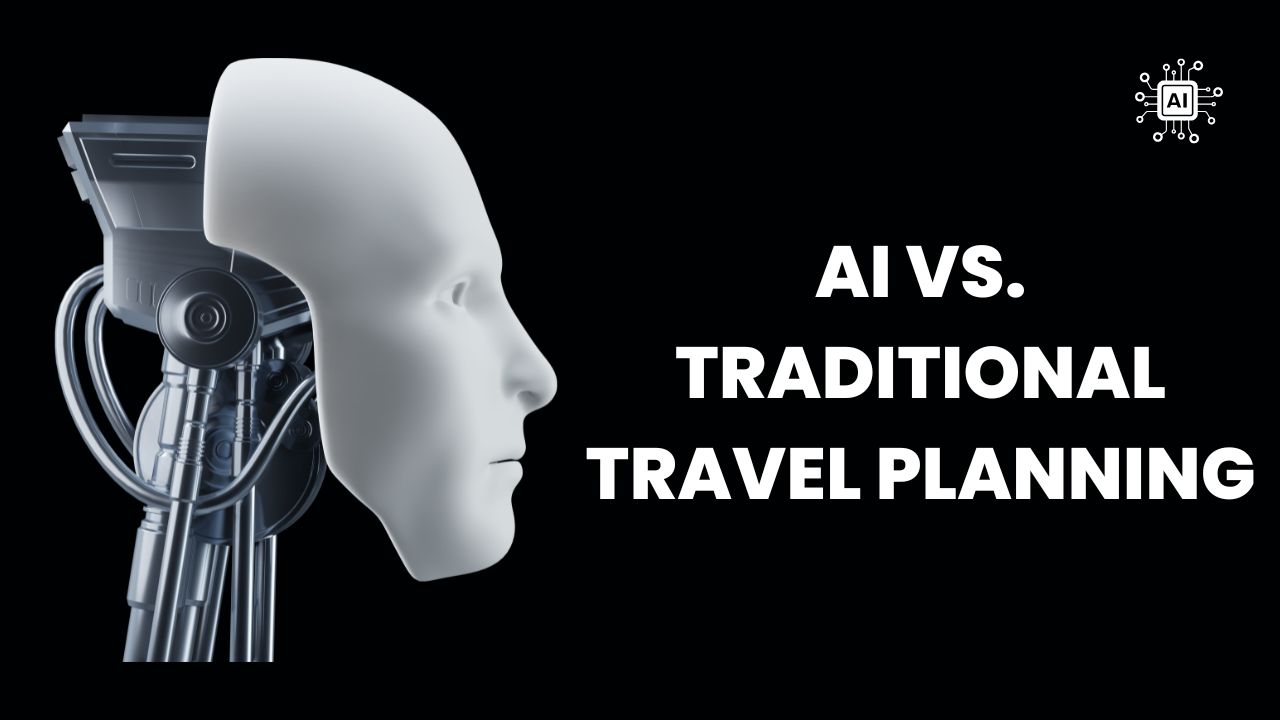In today’s competitive travel industry, efficiency and personalization are no longer optional—they’re expected. Travel agencies, tour operators, and even hotel chains are being pushed to deliver highly tailored experiences in record time.
But how do traditional planning methods stack up against the emerging wave of AI-powered solutions?
This article breaks down the cost and time differences between conventional and AI-assisted travel planning—and how businesses can adapt to stay ahead.
The Traditional Way: Time-Heavy and Labor-Intensive
Most traditional travel businesses rely on experienced agents, manual research, and direct supplier communications to build customized itineraries. Here’s a snapshot of what that typically involves:
- Time required per trip plan: 1.5 to 3 hours
- Cost of agent time (per hour): $25–$50
- Manual tools used: Spreadsheets, booking engines, destination PDFs, email
- Client revisions per itinerary: 2–3 cycles, increasing turnaround time
- Result: Often generic itineraries with limited flexibility
While these methods provide a personal touch, they’re difficult to scale, especially during peak seasons or last-minute requests.
The AI-Powered Model: Smarter, Faster, Scalable
AI travel planning tools automate and enhance every stage of the trip planning workflow:
- Time required per trip plan: 5–10 minutes
- Cost of tool usage (avg per trip): ~$1–$3
- Automated features include:
- Real-time pricing and availability
- Multi-stop route optimization
- Personalized recommendations
- Dynamic day-by-day itineraries
- Weather, budget, and interest filters
- Client revisions: Often reduced, thanks to smart suggestions and co-editing capabilities
These platforms also allow for seamless collaboration between agencies and travelers, especially when hosted on a white-labeled interface—reducing back-and-forth emails.
Cost Comparison Table
|
Planning Method |
Avg Time/Trip |
Avg Cost/Trip |
Scalability |
Customization |
Client Satisfaction |
|
Traditional Manual |
2 hrs |
$50–$100 |
Low |
Medium |
Medium |
|
AI-Powered Tools |
10 min |
$1–$3 |
High |
High |
High |
Real-World Use Case
A mid-sized travel agency in Lisbon serving corporate clients tested both methods side-by-side over a month:
- With traditional methods, they completed 46 itineraries.
- With AI integration, they completed 141 itineraries—with the same team size.
Clients reported:
- A 30% faster booking decision, thanks to visually dynamic and well-structured itineraries.
- A higher satisfaction rate, especially among Gen Z and millennial travelers who value flexibility and interactivity.
Tools Leading the Transformation
Several AI-driven planning solutions are now available for B2B integration, including:
- Navoy – Offers real-time itinerary generation, white-label capabilities, and a robust API, allowing agencies to plug intelligent planning directly into their platforms.
- Triptile – Known for European multi-city trips with intelligent route optimization.
- Tripbuilder – Allows drag-and-drop trip planning with AI suggestions.
- Utrip (acquired) – Used machine learning for deep personalization.
- Sygic Travel – Offers destination guides and itinerary planning with AI input.
Navoy stands out for its business-centric features like scalable customization, real-time adjustments, collaborative trip building, and analytics dashboards for performance insights—making it a strong contender for agencies wanting operational efficiency without losing the human touch.
Why AI Saves You More Than Just Time
Besides reducing repetitive tasks, AI tools offer:
- Higher ROI per agent
- Reduced error rates (missed bookings, outdated schedules)
- Better data for decision-making
- More energy focused on client experience and strategic growth
Even boutique agencies can now compete with large OTAs by using the same technology infrastructure — without massive tech investment.
Conclusion
AI-powered trip planning is not just a trend — it’s the future of operational efficiency in the travel industry. By switching from manual planning to intelligent platforms, businesses save time, cut costs, and deliver better client outcomes.
Tools like Navoy enable travel professionals to maintain a personalized touch while scaling operations. If your agency is still stuck in spreadsheets and PDFs, it’s time to make the leap—not just to stay competitive, but to lead the industry transformation.





